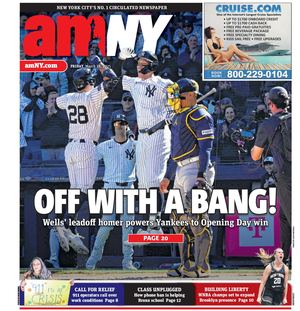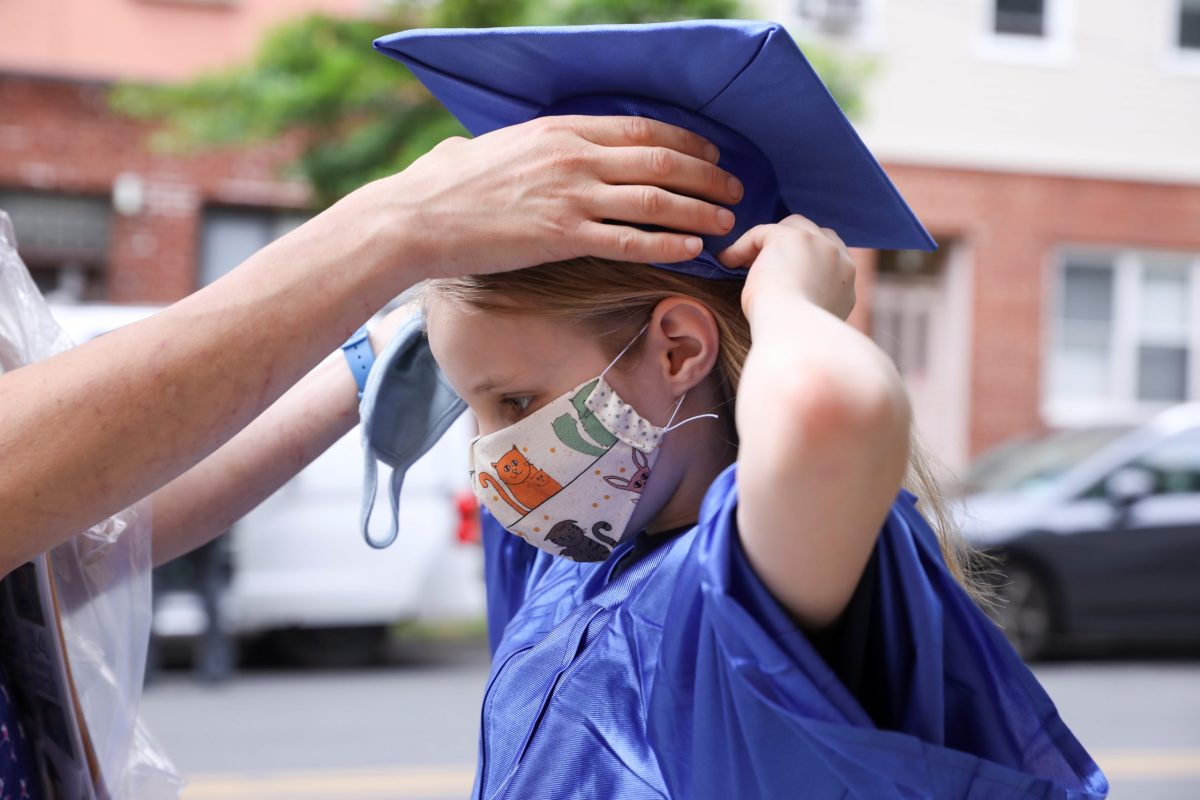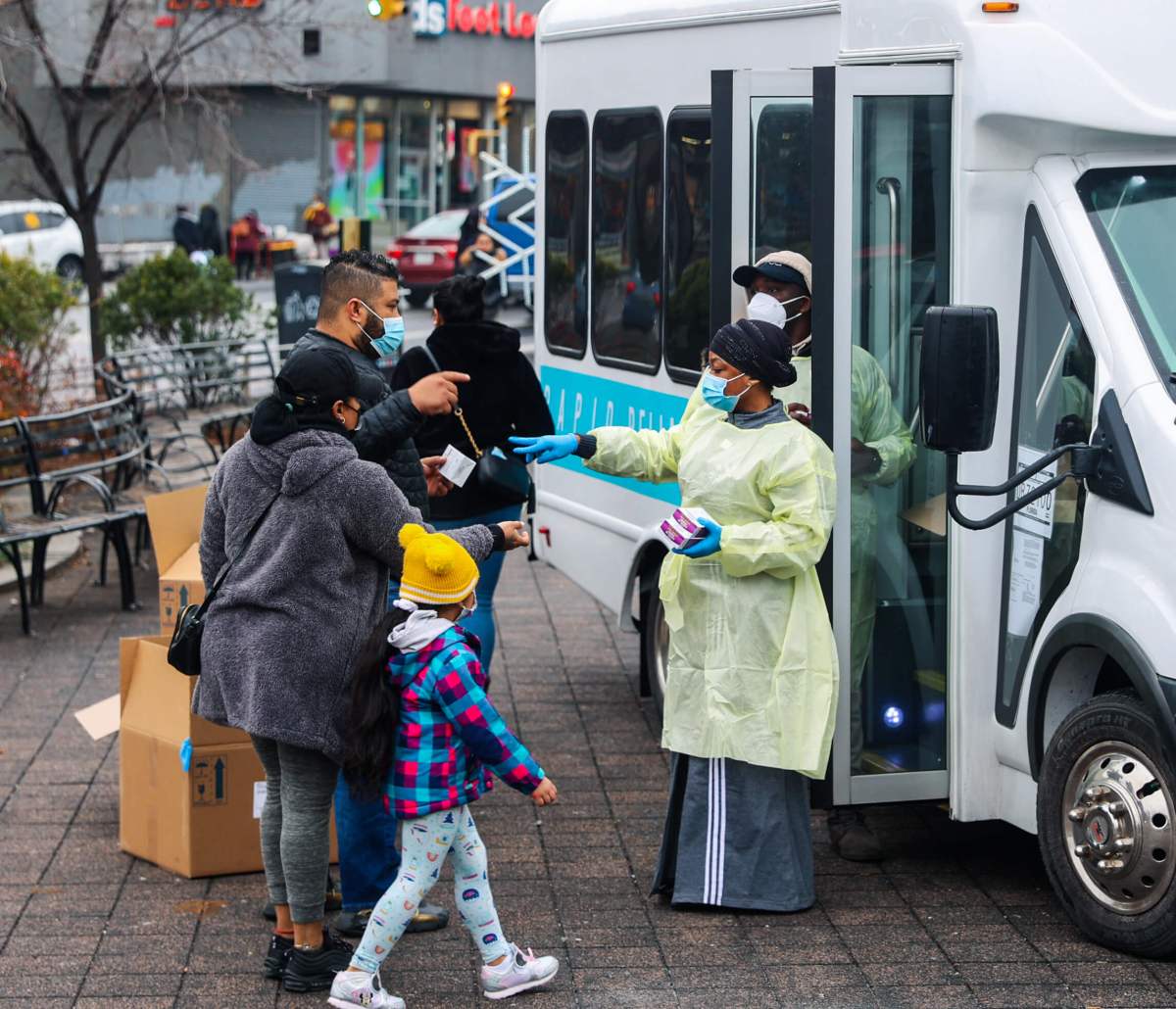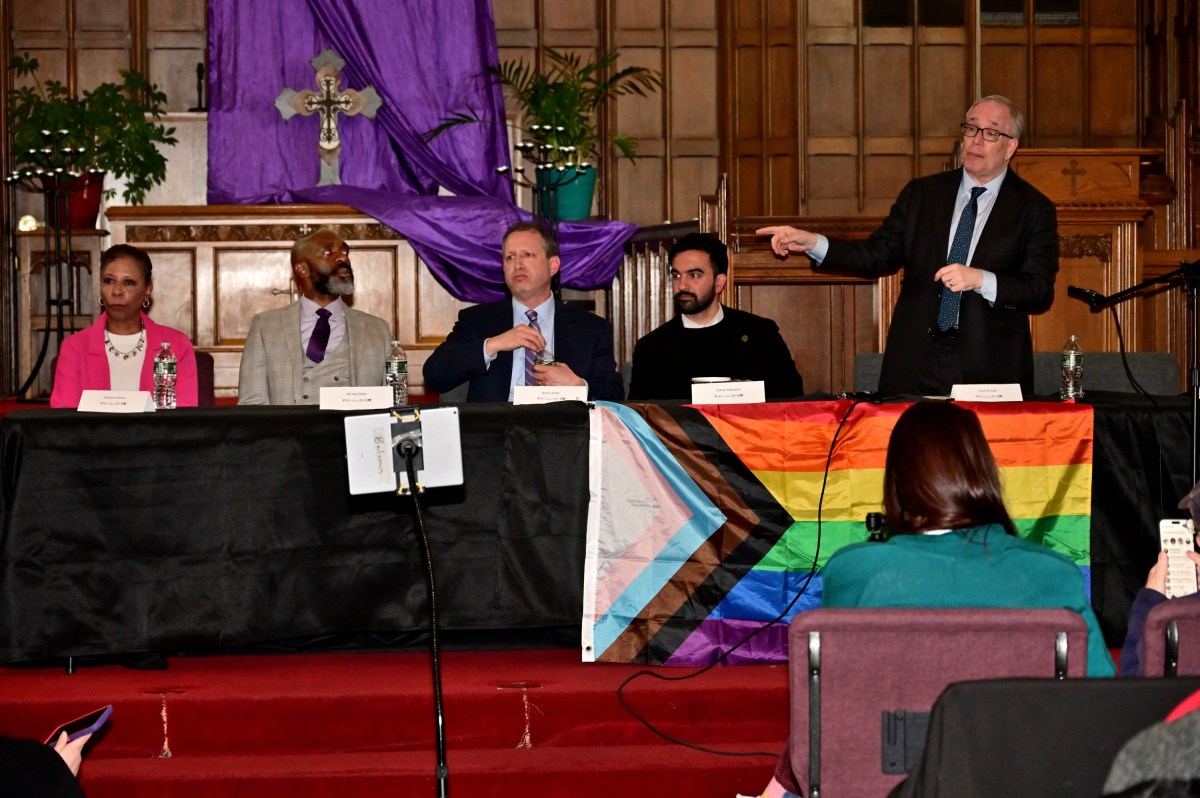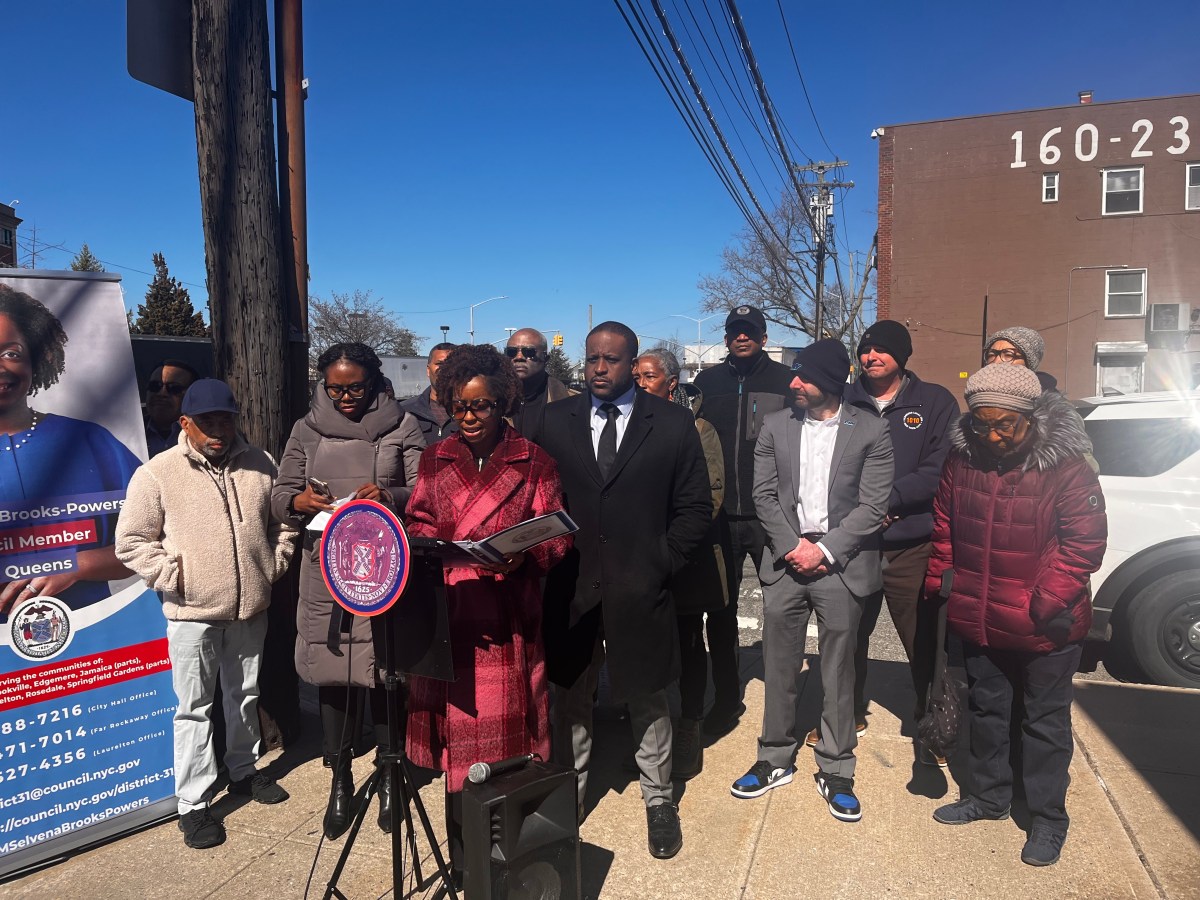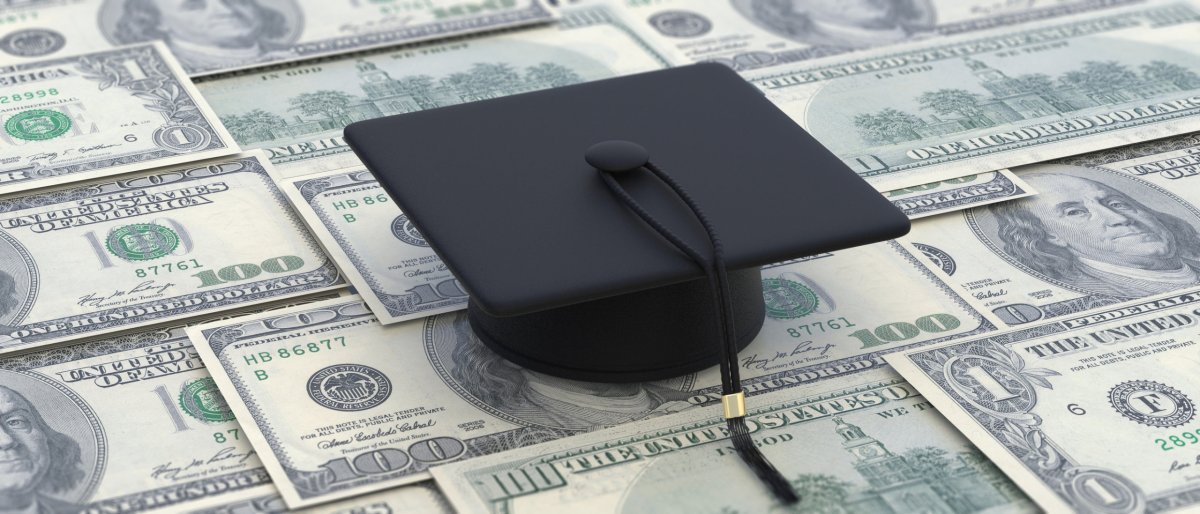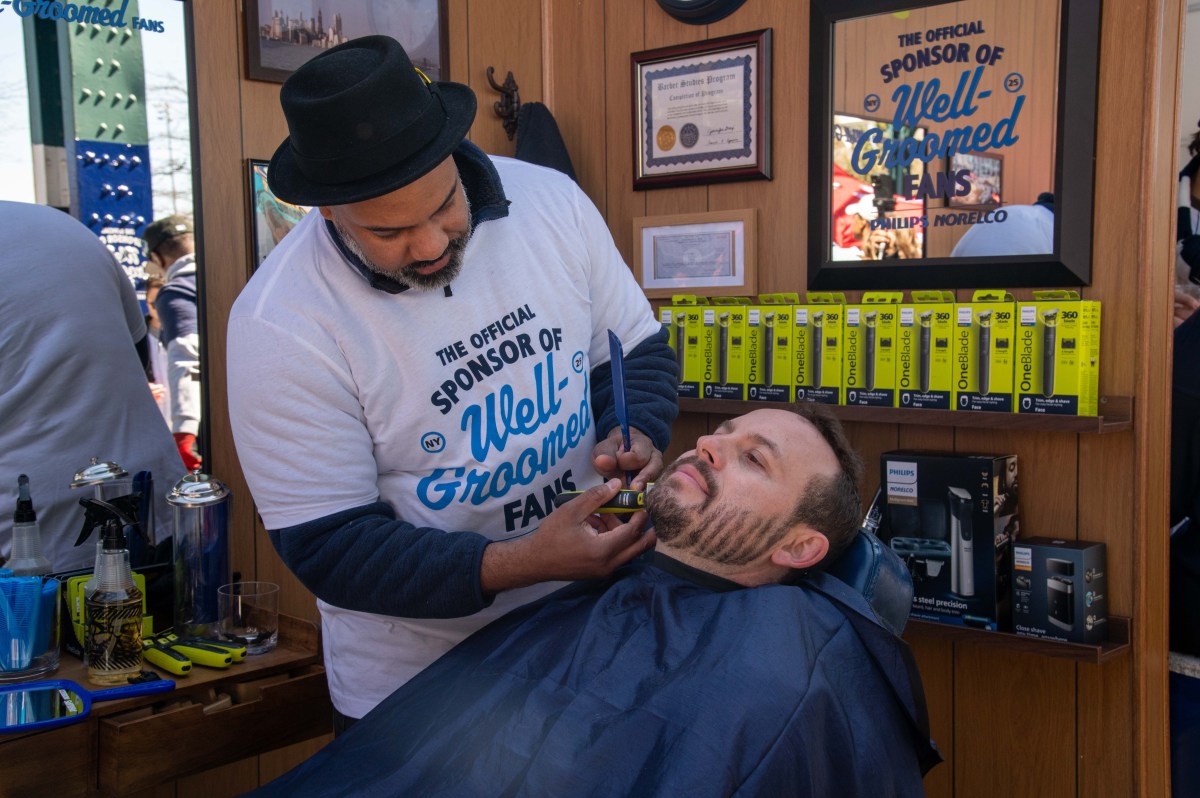With little clarity from City Hall or Albany as to whether New York City public schools will reopen in September, City Comptroller Scott Stringer unveiled on Tuesday a roadmap for getting the city’s children back into the classroom during the COVID-19 pandemic.
Stringer’s report, “Strong Schools for All: A Plan Forward for New York City,” envisions a quickly revamped public school system that includes regular COVID-19 testing for students and staff; much smaller class sizes; realigned schedules for remote learning; and restricted movement within each school to help avoid infection.
“It’s imperative that the DOE (Department of Education) act with urgency to provide a strategic roadmap to reopen city schools,” Stringer said in a July 7 statement. “As we approach the next academic year, new York City should be leading the nation in figuring out how to safely reopen our schools with a high standard of instruction that maintains academic excellence. If we aren’t smart and prepared for a robust upcoming school year, our students will suffer — especially lower-income students of color who are already facing severe challenges — and our economic recovery will be severely hampered because without school, there can be no real return to work for so many of our families.”
But a quality education can’t be achieved if the students and teachers aren’t healthy. Stringer’s plan calls on the DOE to establish safety standards to prevent members of each school community from contracting COVID-19.
The plan calls for the universal use of masks or face coverings for all teachers and students in second grade and higher. Children in preschool, kindergarten or first grade might be “too young to wear masks properly,” so Stringer recommended that they use face shields as an “appropriate alternate.”
Social distancing is also paramount in the comptroller’s education plan. Stringer called upon the DOE to institute staggered schedules and limit in-class instruction to control each school’s population. Class sizes would also be reduced to “smaller cohorts” of 10-12 students.
While at school, Stringer said, the cohorts would remain in the same classroom or designated area the entire day — rather than travel through hallways to different classrooms throughout the day, as they normally would. Instead, the teachers themselves would switch from classroom to classroom, thereby limiting movement and interaction in the halls.
The smaller class size requirements would impel the DOE to expand its teacher and paraprofessional staffs. Along with making additional hires, Stringer recommended that the agency reach out to local colleges and reassign central officer personnel to provide classroom support.
Moreover, the comptroller said, the DOE will need to repurpose each school building’s space to accommodate smaller classes and invest in additional space outside school facilities, such as vacated offices and underused shared work spaces.
COVID-19 testing will also be a must, according to Stringer. He said the DOE should require all students and staff to be tested for the virus before the school year begins, with regular testing to follow throughout the 2020-21 year. The agency must also invest in cleaning materials and standards that follow CDC protocols, and create a “transparent protocol for contact tracing within school communities to quickly identify and contain outbreaks.”
Stringer also called on the DOE to finally provide at least one full-time nurse on staff at every school in New York City. Presently, up to 70,000 students attend a public school that does not have a nurse.
Most of the recommendations figure to cost the city big — from hiring new staff members, to securing additional classroom space, to investing in new technology to supplement remote learning, to purchasing equipment needed to clean schools and test students. Just last week, the city approved a vastly reduced budget significantly impacted by the economic challenges resulting from COVID-19.
Again, Stringer appealed for federal assistance from Washington that would “provide robust, swift federal aid to support parents, students, educators and school staff in the largest educational enterprise in the country.”
Congress and President Trump previously approved several other COVID-19 economic relief packages, but other relief bills which passed the Democratic-led House of Representatives have stalled in the Republican-led Senate.
The city’s Department of Education is currently conducting a parent survey assessing needs and concerns about the new school year in preparation for September.
When asked at his July 7 press conference about the status of public schools reopening, de Blasio said that the city would have additional information on the reopening later this week “and every week leading up” to the start of the new school year.
“We’ve been planning for reopening of schools since the day we closed buildings, and we have already begun sharing our plans with educators and families,” said Jane Meyer, a spokesperson for the Mayor’s office. “Health and safety guides everything we do, and we will be releasing more information in the coming days.”
With reporting by Alejandra O’Connell-Domenech
